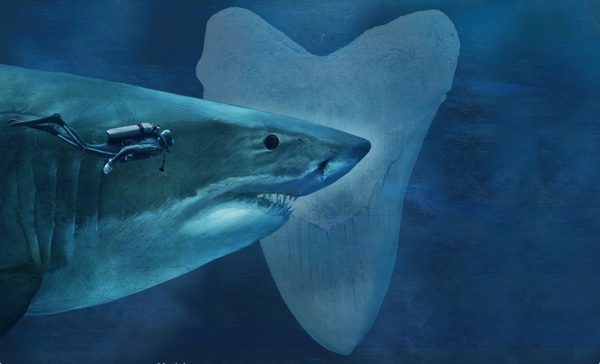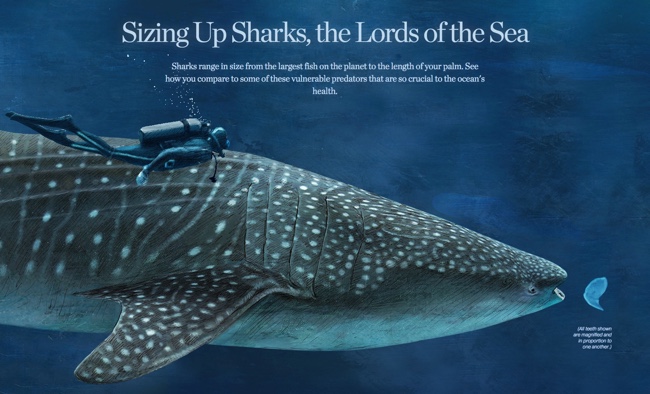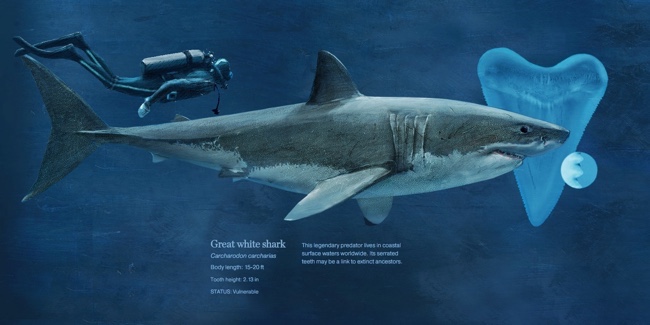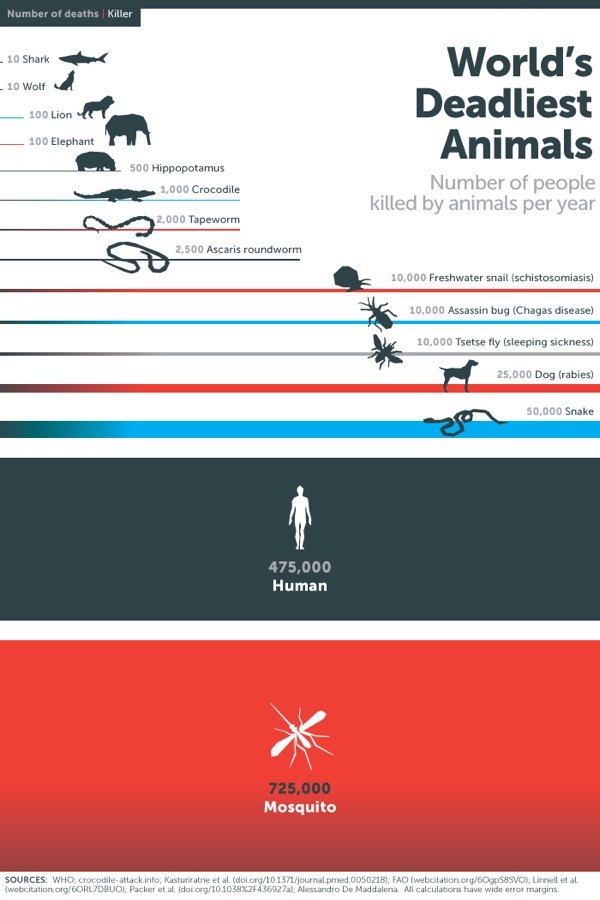Sizing Up Sharks
The design team at National Geographic has published a beautiful size comparison infographic: Sizing Up Sharks, the Lords of the Sea. The parallax scrolling keeps you, the reference deep sea diver, in frame as a comparison to provide perspective for each of the various types of sharks.
Sharks range in size from largest fish on the planet to the length of your palm. See how you compare to some of these vulnerable predators that are so crucial to the ocean's health.
The tooth Illustrations are not in scale with the fish, but all the teeth are in scale to each other to show relative tooth sizes. For some reason, only a few of the smaller sharks species are shown with both the small end and high end of their size ranges.
This engaging infographic tells one story really, really well without adding too much other data that would have cluttered the design. The diver animation and underwater sounds are a nice touch.
Thanks to Chiqui Esteban (@chiquiesteban) for posting the link!
The massive Megalodon!

 Sharks,
Sharks,  animals,
animals,  comparison,
comparison,  illustration,
illustration,  parallax,
parallax,  relative,
relative,  scrolling,
scrolling,  size
size 














